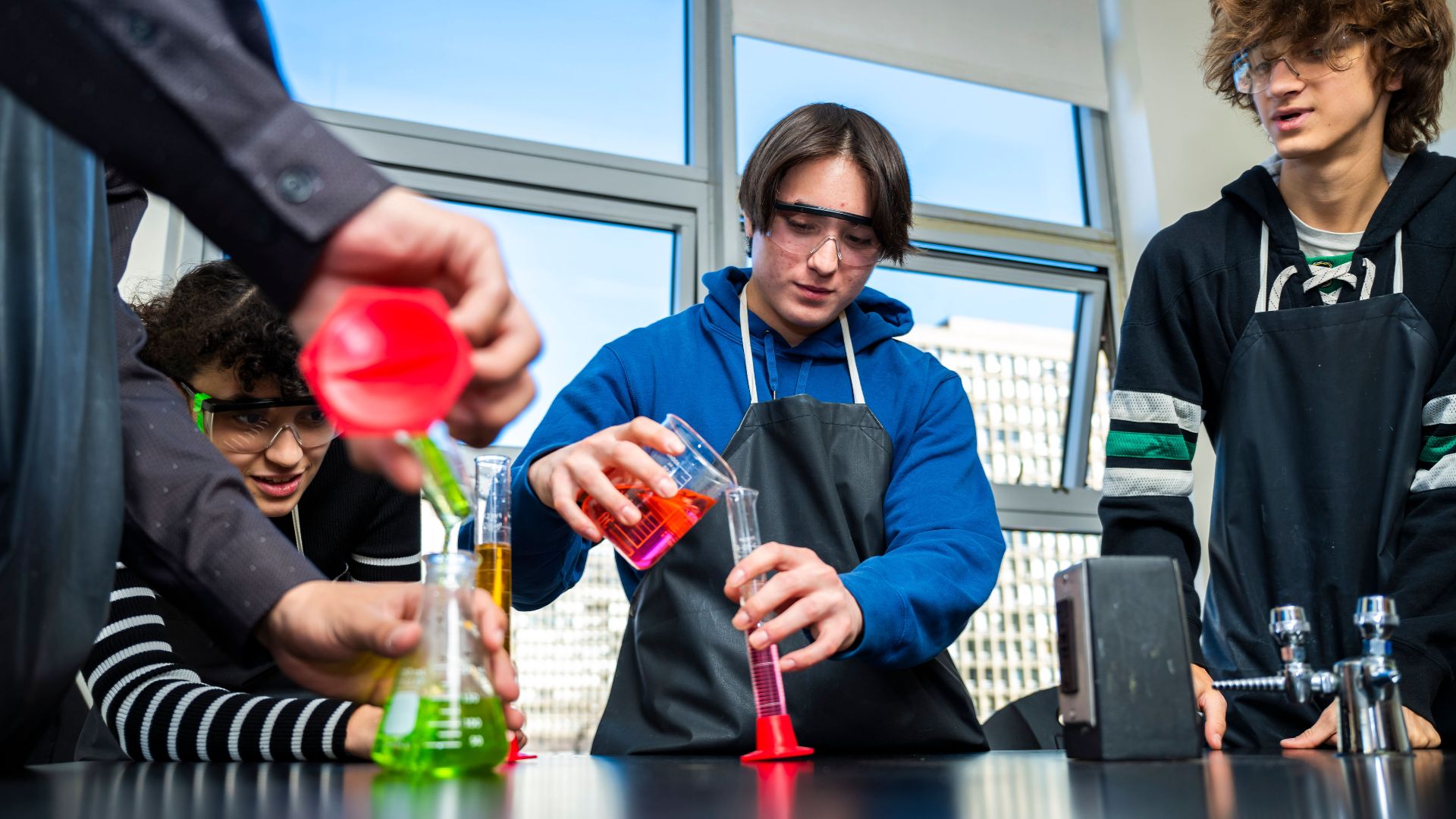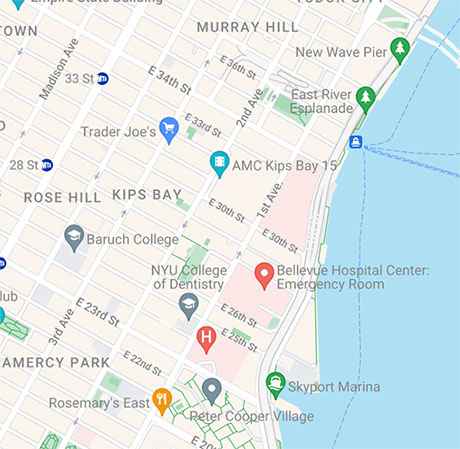
Now Enrolling: 2026-2027 Application is Open!
Churchill is now accepting applications for the upcoming school year. We anticipate space in all grades K-10.
If you’re ready to take the next step, start your application today — or submit an inquiry to connect with our admissions team and learn more.







